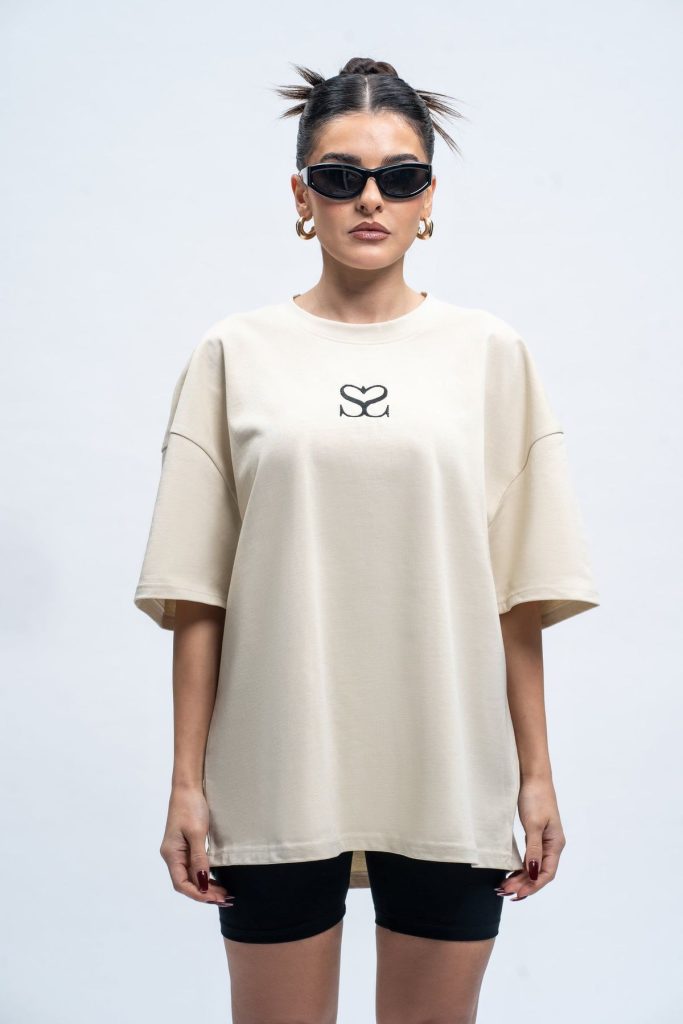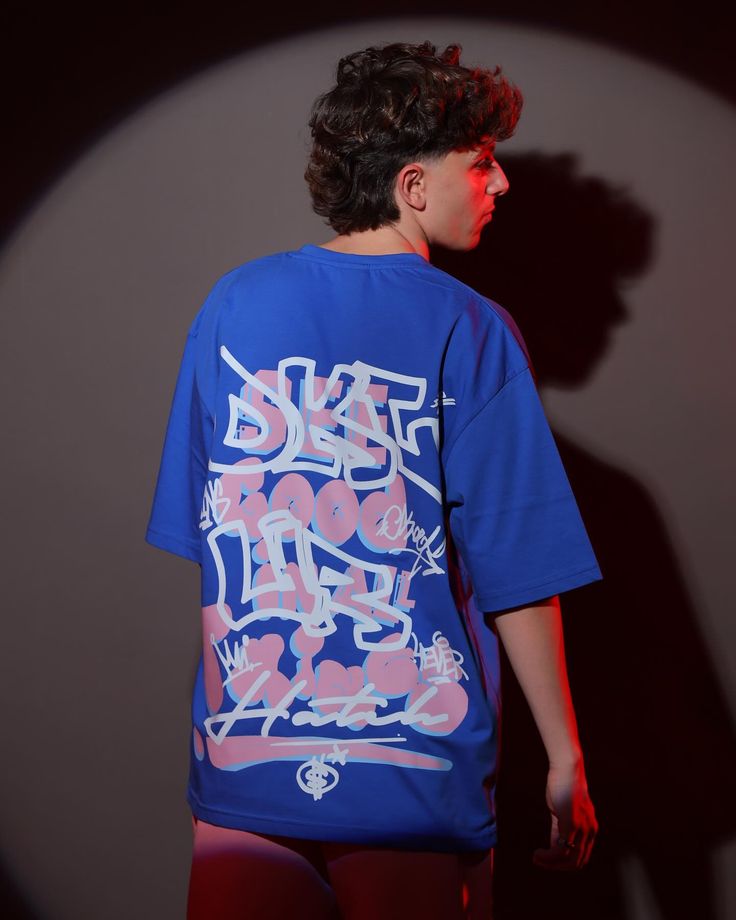Introduction
Streetwear has never been just about clothing — it’s a cultural statement, a living chronicle of rebellion, creativity, and authenticity. Born on the pavement, nurtured in the neighborhoods, and amplified by global voices, street fashion has transformed from underground expression into an international movement.
“Street Chronicles: Fashion From The Pavement Up” explores how everyday streets became the world’s most influential runways, shaping the way we dress, think, and define coolness in the modern age.
Fashion from the pavement isn’t dictated by luxury houses or trend forecasts — it’s created by real people with real stories. Every hoodie, sneaker, and oversized tee carries attitude, history, and pride. This is not just about clothes; it’s about culture in motion.
The Birth of Streetwear Culture
Street fashion originated as a voice for those who refused to fit into the mainstream. In the 1970s and 1980s, the streets of New York, Los Angeles, and Tokyo became incubators of youth rebellion. Hip-hop, skateboarding, and graffiti culture shaped the first wave of urban style — raw, fearless, and unfiltered.
Brands like Stüssy, Supreme, and A Bathing Ape (BAPE) emerged not from corporate offices but from community-driven creativity. These pioneers blurred the lines between art, music, and fashion, giving rise to a movement built on independence and authenticity.
Streetwear became the visual language of resistance — a declaration that fashion belongs to the people, not the elite.
From Asphalt to Runway: The Global Takeover
What began as a subculture has become a global phenomenon. The streets have redefined luxury, pushing major fashion houses to collaborate with street brands. When Louis Vuitton joined forces with Supreme, the fashion world witnessed a cultural shift — luxury met the streets, and exclusivity became democratic.
This fusion marked the dawn of street-luxury, where sneakers replaced stilettos and hoodies became high-fashion essentials.
The rise of streetwear shows that creativity doesn’t flow downward from designers to the crowd — it rises upward from the pavement, powered by real-world inspiration.
The Language of Attitude: What Streetwear Says Without Words
Every element of street fashion speaks — the looseness of silhouettes, the layering of textures, the logos, and even the shoes. Streetwear is visual storytelling, communicating identity, confidence, and defiance.
An oversized hoodie might say “I don’t need to fit in.”
Custom sneakers might shout “I make my own rules.”
Streetwear’s power lies in its honesty — it doesn’t chase trends; it starts them.
This raw self-expression turns the body into a billboard of personality. Streetwear is about presence — showing up unapologetically as yourself, no matter who’s watching.
Community Over Catwalks: The Heart of Street Fashion
Unlike traditional fashion, which thrives on exclusivity, streetwear celebrates inclusivity and belonging. Its foundation lies in community — the shared spaces where art, music, and street style collide.
Sneaker drops, pop-up shops, and skate parks serve as gathering spots where culture is born. These aren’t just fashion events; they’re cultural rituals.
Streetwear is a movement powered by the people — connected through shared passions, stories, and creative energy.
This is why a hoodie can become a global icon — not because of its fabric, but because of what it represents: unity, ambition, and originality.
Streetwear and Identity: Dressing for the Modern Era
In the modern age, fashion is not just appearance — it’s identity politics, self-affirmation, and social commentary. Streetwear allows individuals to craft their narrative, to wear their values and experiences visibly.
For some, it’s about cultural pride. For others, it’s about rebellion or creative expression. The blend of graphic tees, sneakers, and layered accessories creates a personal manifesto — a wearable autobiography.
The psychology behind streetwear reveals something deeper: the human need to be seen, to belong, and to make an impact. Through style, wearers claim space in a world that often tries to define them.
Sneaker Culture: The Sole of the Streets
No discussion of street fashion is complete without sneakers — the heartbeat of the culture. What began as athletic gear evolved into a symbol of identity, creativity, and status.
Limited releases and collaborations with artists, athletes, and designers turned sneakers into collectible art.
From Air Jordans to Yeezys, each pair tells a story of innovation, aspiration, and street credibility. Sneaker culture represents freedom — the right to define what’s valuable, to turn something practical into something powerful.
For many, sneakers are not just footwear. They’re memories, milestones, and dreams stitched into leather and rubber.
Streetwear as Social Commentary
Streetwear doesn’t shy away from making statements. It challenges norms, speaks against injustice, and reflects societal shifts. Graphic tees with political messages, slogans on hoodies, and upcycled designs all carry meaning beyond aesthetics.
Designers like Virgil Abloh, Heron Preston, and Samuel Ross redefined streetwear as a platform for cultural conversation. Their collections discuss race, class, identity, and belonging — proving that fashion can be both expressive and revolutionary.
Streetwear, in this way, becomes protest clothing — not loud in voice but powerful in message.
The Fusion of Digital and Physical Streets
The new streetwear frontier exists both on the pavement and online. Social media has become the virtual street corner where trends are born and battles for authenticity unfold.
Instagram, TikTok, and fashion forums democratize creativity — allowing anyone, anywhere, to shape the conversation.
NFT fashion drops, virtual sneakers, and metaverse streetwear brands are redefining what “street” means in the digital age. The essence remains the same: authenticity, attitude, and artistry — only now, the street stretches across screens and global networks.
The Future of Street Fashion: Evolution of Authenticity
As streetwear matures, it continues to evolve without losing its roots. Sustainability, diversity, and collaboration define its next chapter. New generations of designers focus on upcycling, ethical production, and inclusive representation — keeping the culture alive while moving it forward.
The future of street fashion is emotional and intelligent. It will merge wearable technology with street identity, blending functionality with cultural expression.
But no matter how futuristic it becomes, one truth remains: streetwear will always belong to the people.
Conclusion: The Pavement as the New Runway
“Street Chronicles: Fashion From The Pavement Up” is more than a story of clothing — it’s a reflection of human creativity, resistance, and connection. Street fashion teaches us that real style is not dictated from above; it rises from below, from passion, from community, from the rhythm of real life.
Every cracked sidewalk and graffiti wall is a canvas. Every outfit is a statement. Every step is part of the story.
The streets will always be where fashion breathes — where it begins, transforms, and returns, again and again.
Streetwear isn’t just fashion — it’s freedom stitched into fabric, a living chronicle of the world’s heartbeat.



